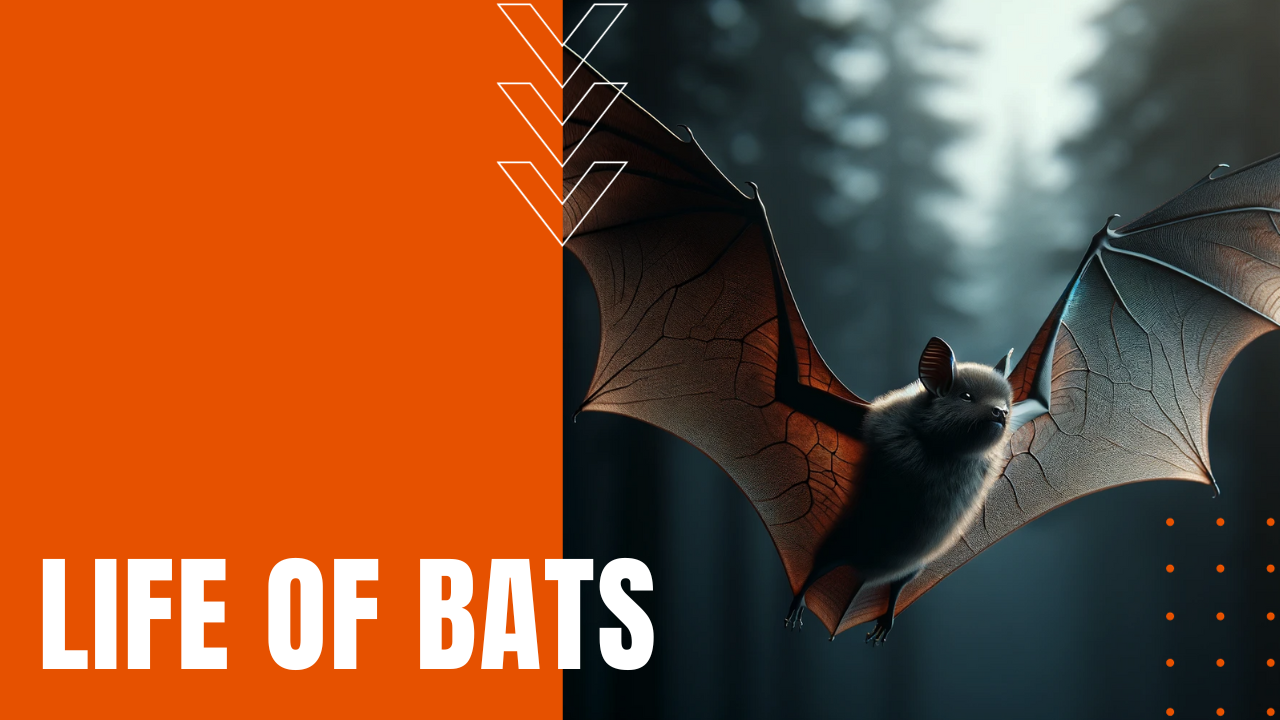The Life of Bats

Unfairly painted as scary or undesirable creatures—including the bloodsucking vampire bat—bats or Chiroptera represent the only true flying mammals on earth, and of the 1,400 species of bats found on every continent except Antartica, one in five known mammal species is a bat. While some bats eat fruit or pollinate flowers or catch fish straight from lakes, rivers and streams, the majority of bats eat insects, which in turn reduces agricultural pests and disease spreading insects such as mosquitoes, helping to control insect populations the world over.
Nocturnal Feeders
During daylight hours, bats roost in caves, tree limbs or under the bark of large trees, navigating and feeding only at night, and while not all bats employ echolocation or sonar to navigate and hunt prey by sound wave reflection, the majority employ echolocation with a laser-like accuracy, although some species of moths have evolved a stealthing or jamming system that counteracts a bats’ sonar bounce. Clustering in small to truly immense groups numbering in the hundreds of thousands, most species of bats hibernate during winter months in an effort to conserve energy and reduce metabolic consumption, and although mating occurs in the fall, females can store sperm in their bodies throughout the winter, achieving fertilization and gestation only once a year, before birthing in the spring when available food stocks are at their peak.
Difficult to Study
Due to their nocturnal lifestyle and remote roosting sites, bats have proven to be an illusive species for biologists to study, and while their contributions to insect control has been clearly identified, their guano or droppings in cave environments has proven to be an important source of food for many other species of cave dwelling creatures. First reported in 2006, bats by the millions have succumbed to white-nose syndrome, which is an invasive fungal infection that has devastated North American bat populations in recent years. Infecting bats only during the winter months, biologist are obliged to enter caves in the dead of winter to collect dead bats and assess the impact on bat populations, making white-nose syndrome, a lethal threat to the life of bats and their primary contributions to insect control.
